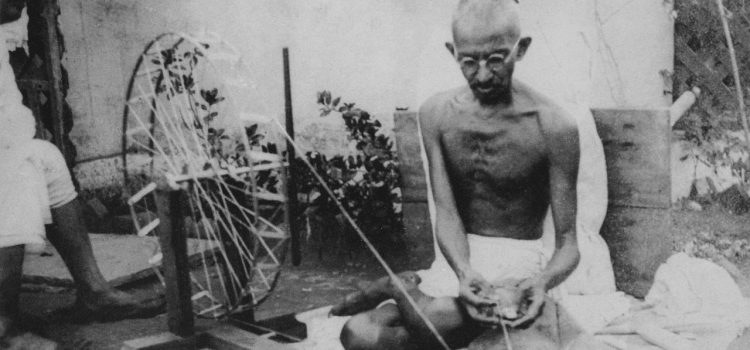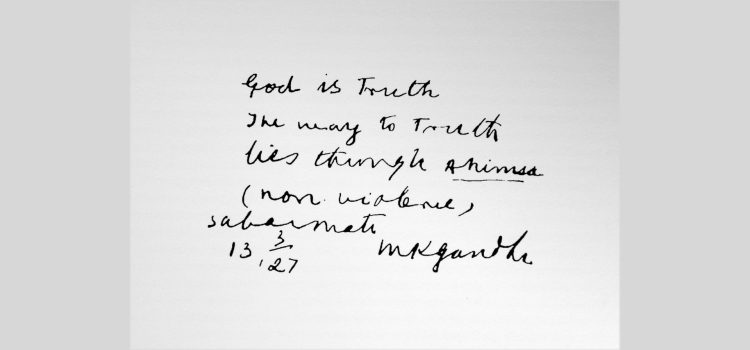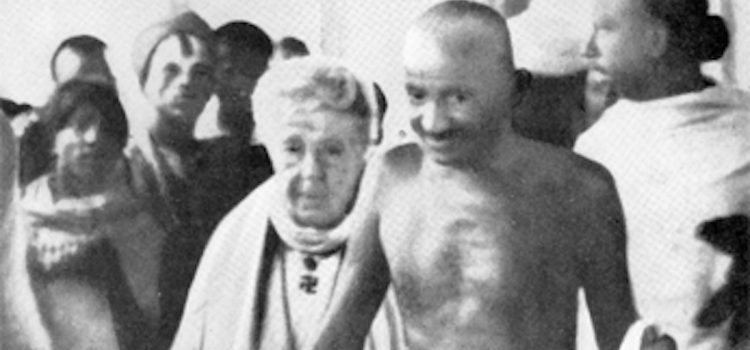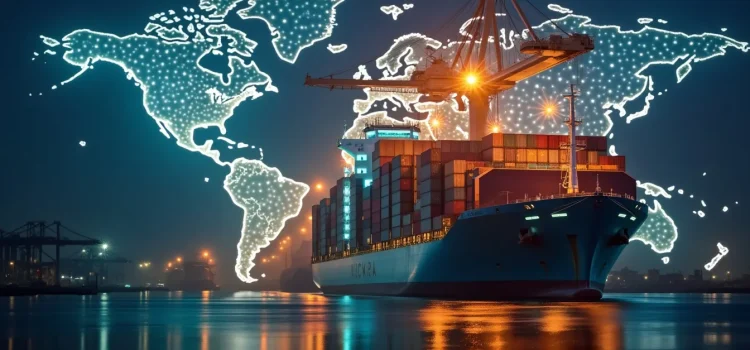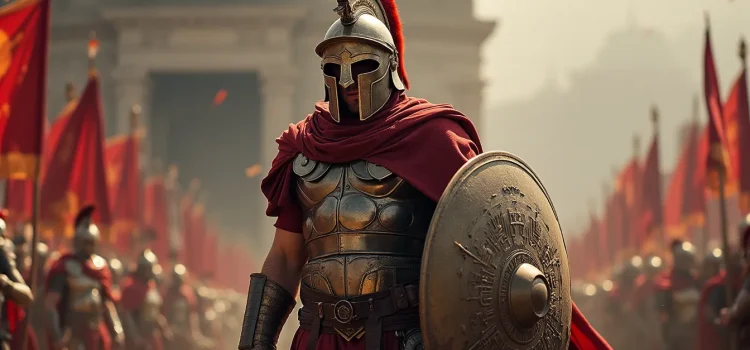How did Mahatma Gandhi’s journey as a civil rights leader begin in South Africa? What steered him toward a fight against discrimination? For Mahatma Gandhi, South Africa offered a transformative experience. He encountered racism firsthand and became an advocate for Indian rights. His time there laid the foundation for his later work in India. Keep reading to discover how Gandhi’s South African years molded him into the leader we remember today.
Mahatma Gandhi: South Africa Put Him on a Path to Resistance



